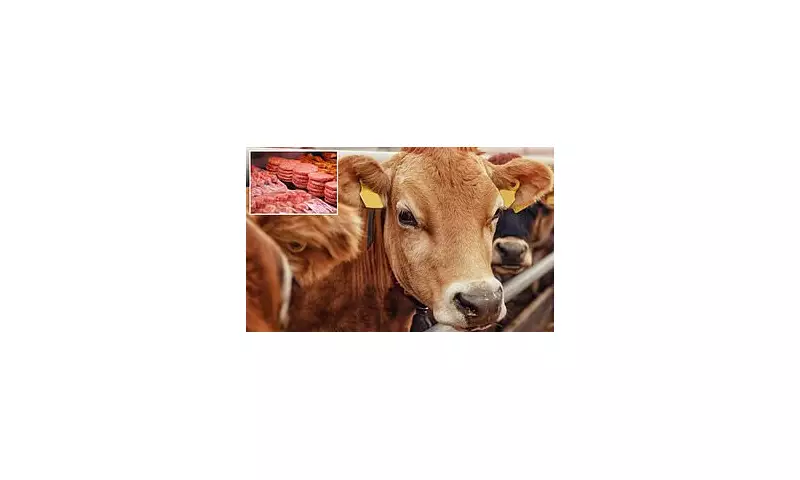
A grave new threat to public health is emerging from an unexpected source: the British countryside. A deadly, multidrug-resistant superbug, previously confined to cattle, has now been confirmed to be spreading to the human population, according to a disturbing new scientific report.
The Alarming Discovery
Microbiologists have identified a specific strain of the Escherichia coli (E. coli) bacteria that has developed a terrifying level of resistance. This particular superbug carries a gene known as mcr-1, which renders it resistant to colistin—a crucial, last-line-of-defence antibiotic used only when all other treatments have failed.
The transmission from livestock to humans signifies a dangerous leap, suggesting the superbug has adapted to bypass the species barrier. This direct zoonotic transfer is what experts fear most, as it opens a new front in the battle against antimicrobial resistance (AMR).
Why This Superbug Is Different
This isn't just another antibiotic-resistant bacteria. The combination of its origin and its genetic makeup makes it a significant cause for concern.
- Farm Origin: The overuse of antibiotics in intensive farming is believed to be a primary driver, creating the perfect environment for such superbugs to evolve.
- Genetic Transfer: The mcr-1 gene is located on a plasmid—a small, mobile piece of DNA. This means resistance can easily be shared between different bacterial species, potentially creating an entire army of untreatable infections.
- Treatment Nightmare: With resistance to colistin, doctors' options for treating severe infections caused by this superbug become extremely limited, if not non-existent.
A Call to Action for UK Policymakers
The study's authors are urging immediate and decisive action from UK health and agricultural authorities. They stress that this is no longer a theoretical risk but a clear and present danger. Key recommendations include:
- Implementing stricter regulations on the use of critically important antibiotics in veterinary medicine.
- Enhancing surveillance and screening programmes in both livestock and humans to track the spread of the mcr-1 gene.
- Investing heavily in research for new classes of antibiotics to replenish our dwindling arsenal.
This development serves as a stark warning. The interconnectedness of human, animal, and environmental health—a concept known as One Health—has never been more critical. The emergence of this cattle-borne superbug is a potent reminder that practices on the farm can have direct and devastating consequences for human health in our hospitals and communities.





